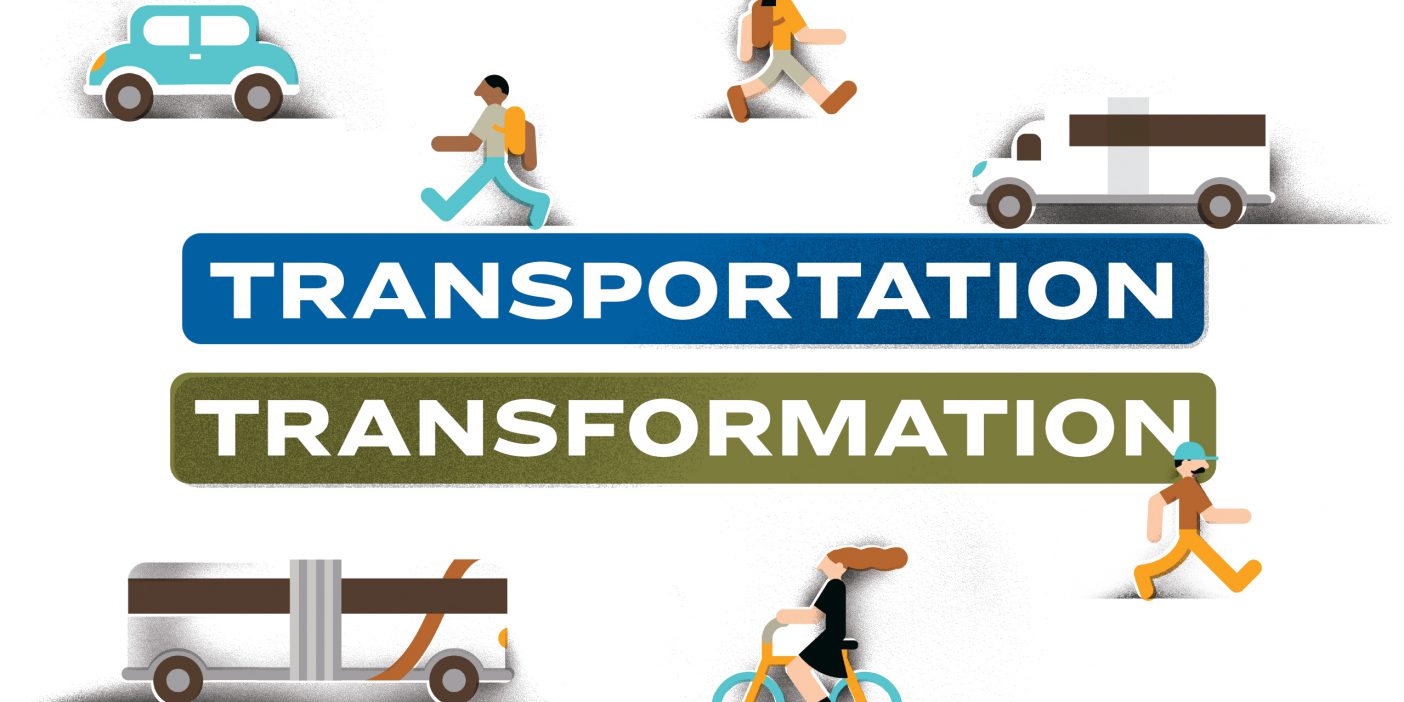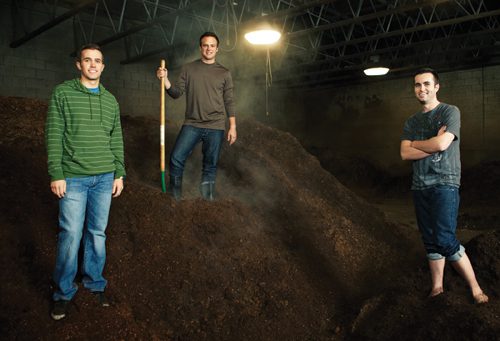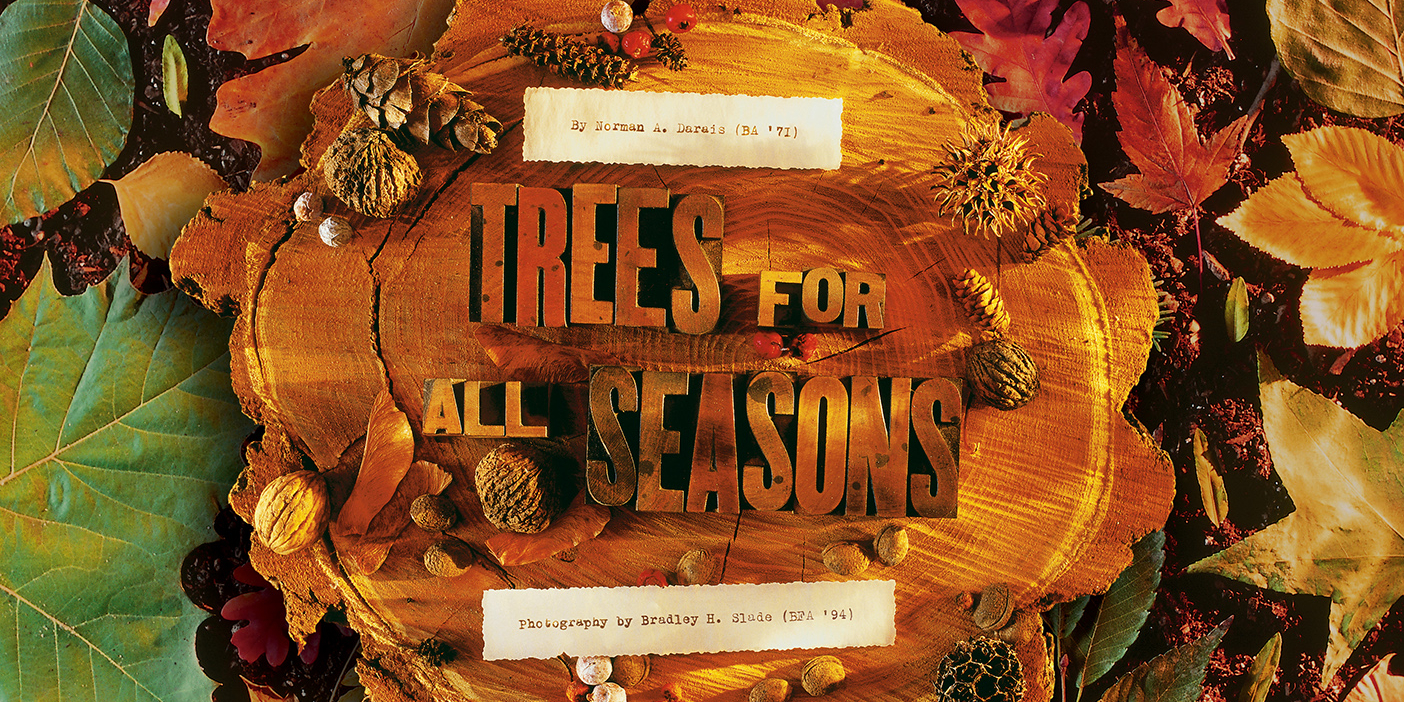Most of us don’t consider the fate of our apple core or bread crust. But at BYU a team of sustainability experts is making good use of campus food scraps. BYU’s closed-loop composting system drastically reduces the amount of BYU food waste entering landfills by turning it into mulches and soils used for landscaping on campus. Here is how crusts and cores grow campus flowers:
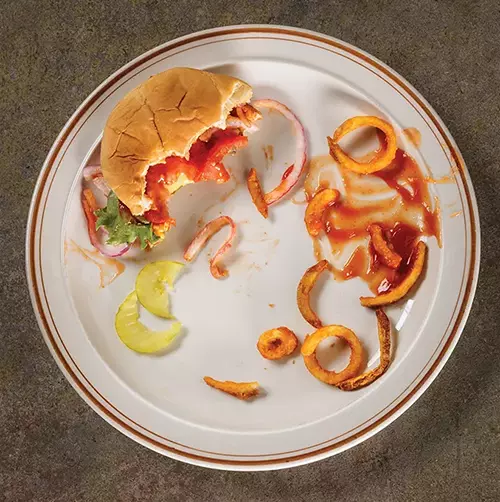
1 pound per meal served
That’s how much food waste the Commons at the Cannon Center has avoided since ditching trays in 2019. “Eliminating trays changed eating behavior,” with more guests taking only what they cared to eat, explains director of student dining Christopher B. Nukaya (MBA ’16). Most of the food that does go uneaten from the Cannon’s 3,000 meals per day is picked up for composting. Workers at BYU’s on-site composting plant combine the Cannon waste with scraps from the Cougareat, the BYU Culinary Support Center, the BYU Sensory Lab, and a public composting bin at the BYU Life Sciences Greenhouse.

2,000 tons
The amount of material—food waste, grass clippings, leaves, and wood construction waste—composted annually by BYU. It amounts to “mountains” of mulch and soil additives, says recycling supervisor Bill Rudy. Saving on water, BYU uses whey, a dairy waste product, to moisten the mixture as it churns for two to six months.
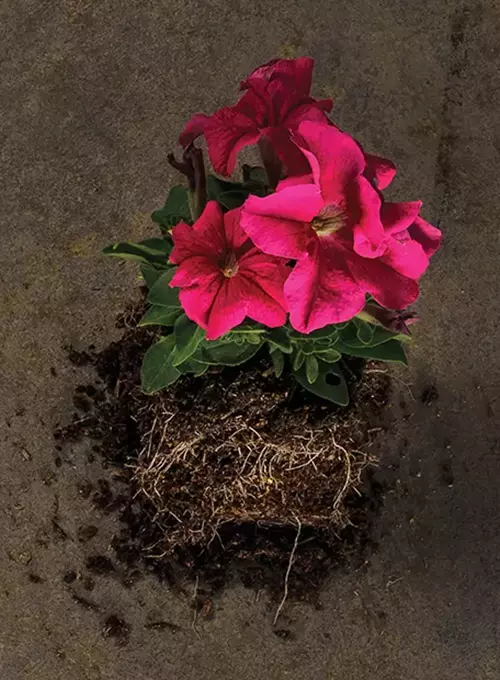
15,000
The number of trees found on BYU’s 200-plus acres of landscaping. The university’s composting program produces enough mulch for all of them. They combine compost with clay and other soils to create custom mixes: chunky soils end up on hillsides, finer soils in the flowerbeds.










